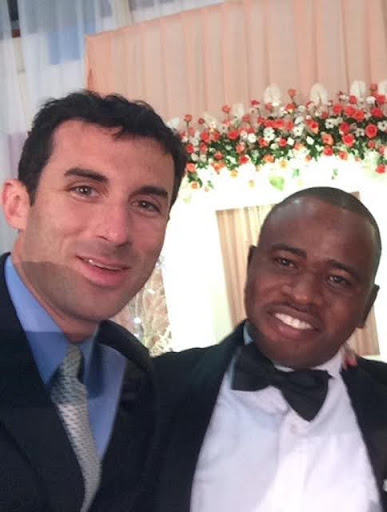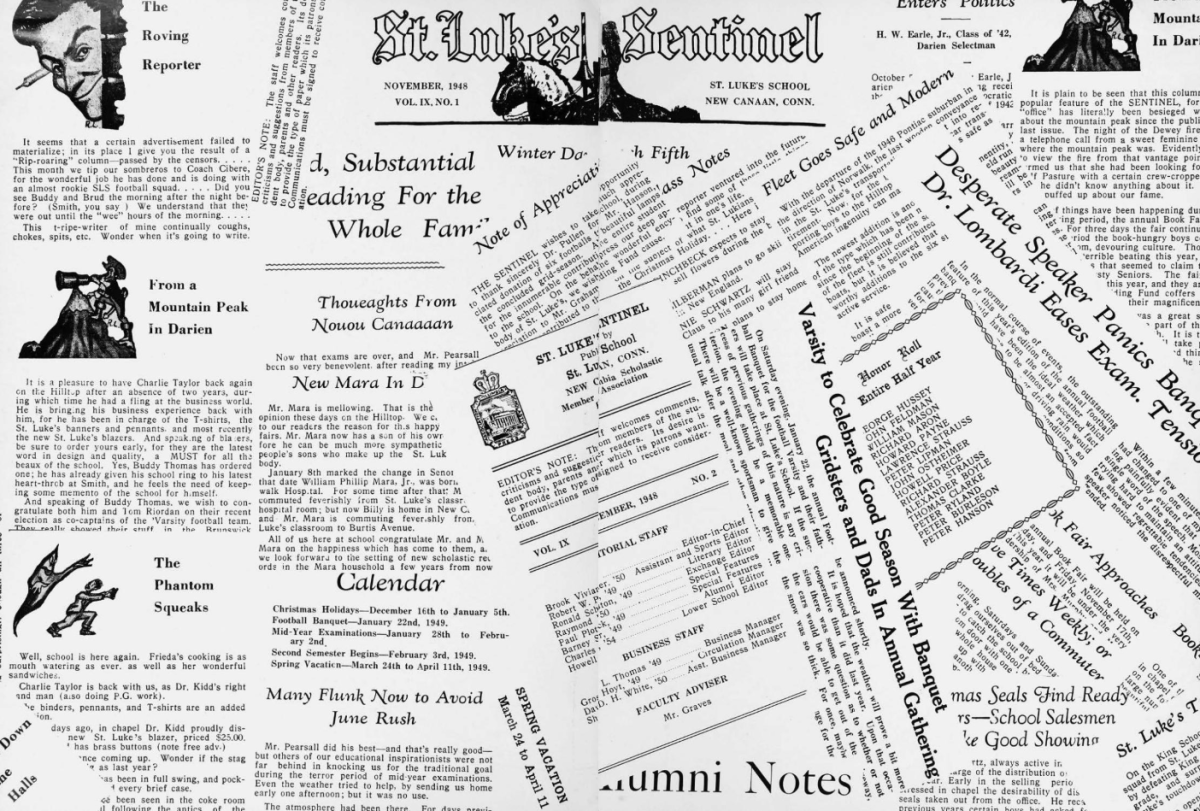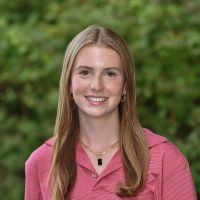The St. Luke’s community knows Dr. Bludgus as our new Head of Upper School who greets students with a smile each morning, reminding them to “Go Forth.” However, community members may not know how Dr. Bludgus has carried this message, “Enter to Learn, Go Forth to Serve,” throughout his own career.
Dr. Bludgus graduated from the University of Miami in 2005 with a passion for education; he began teaching right away. He says that he was “very interested in exploring areas of the world where there were teacher shortages or where education systems were looking for additional support.” He applied to an international program where teachers were placed across the country and world in areas of need. In 2005, Bludgus was assigned to the city of Dar es Salaam in Tanzania.
When he arrived, Bludgus met Daudi Mboma, a man who would become a lifelong friend. Daudi was an alum of the school in Dar es Salaam where Bludgus was teaching. Mboma wanted to live out the school’s mission of service – similar to St. Luke’s – and give back to the local community through education. He and Bludgus decided to collaborate, and Bludgus recalled, “we noticed that for as good as things were going in the school [where he was teaching], in the ways in which kids were graduating and going on to do awesome things, there were a significant amount of school-aged children just outside of our school gates all day long not going to school.”
Mboma and Bludgus began conducting interviews to understand where kids were living on the streets and how they were abandoned, had run away, or were orphaned. Bludgus and Mboma started brainstorming ways to get these children into school. They started with the basics: renting a few rooms for kids to stay in and providing them with meals.
Bludgus said, “We learned a lot in the first years because kids responded in different ways. Some kids would just run away from that support because they were so used to running and that was their coping mechanism. Then we realized that we needed social workers, psychologists – more of a holistic wrap-around service.”
Mboma and Bludgus eventually bought a piece of land and built their first facility, preparing to address these deep-rooted community needs and naming their group House of Blue Hope. In the beginning, they worked with kids around 11 to 13 years old, most of whom were boys, since this was the largest population living on the streets of Dar es Salaam at the time. They realized that, in working with older kids who had already missed years of school, there was only so much the program could do to help. Bludgus’ team recognized that “ if [they] really want to be effective, the younger [they] can establish intervention, the more successful [they] are.” The typical student today enrolls around the age of five. The team noticed that the younger they could get students in, the more likely they were to get to high school. House of Blue Hope established relationships with local governments, nonprofits, and places of worship in the area to connect children in need with their services.
House of Blue Hope created a daycare center as a revenue-generating model, where half of the students – those from middle and upper class families – pay full tuition, and therefore the other half – Blue Hope kids – can attend for free. From there, the program sends their students almost entirely to private schools for kindergarten through high school. Teachers at the schools in the community know which students in their classroom are Blue Hope kids to ensure that they are supported. Moreover, the program provides students with laptops, coding classes, and they are building a STEM lab for students. Bludgus acknowledges that “not much has changed in the structure of the Tanzanian education system in the past 17 years we’ve been doing this work, so as much as we like to innovate, we also still have to make sure students are prepared for the national exams which are the gatekeeper into diploma programs.” The education system at House of Blue Hope is both supportive and strategic to maximize students’ success.
The program has expanded to include five residence buildings, each with about 12 students and a full-time staff member. The program is unique in that its entire staff and local leadership is Tanzanian. There are tutors who go into the residences after school hours, along with athletic events on the weekends and field trip opportunities into different parts of Dar es Salaam. They have about 70 kids currently in the residence program and another 60 in the daycare. As kids get older, the program works to place them into local colleges, diploma programs, technical schools, career development opportunities, or internships, and jobs.
Bludgus said, “if you were a 6 year old and you entered the house right now, you will meet with social workers and counselors on a regular basis, you will have access to tutors, you will be enrolled in one of the better schools in Dar es Salaam, your teachers will know you’re a Blue Hope kid…they know our kids and we’re a presence in the community, so your experience from the student side right now is real strong, very supported and comprehensively cared for. It took us a while to get there.”
In working with these students, Bludgus has learned the importance of educational and socio-emotional support and the importance of community. Here at St. Luke’s, Dr. Bludgus encourages students to find an issue that they are passionate about and to base their learning experiences off of that passion as he did.









![iStock. (n.d.). Anonymous business partners making handshake in shadow [Photograph].](https://digitalsentinel.org/wp-content/uploads/2025/04/Screenshot-2025-04-16-at-3.42.57 PM.png)
